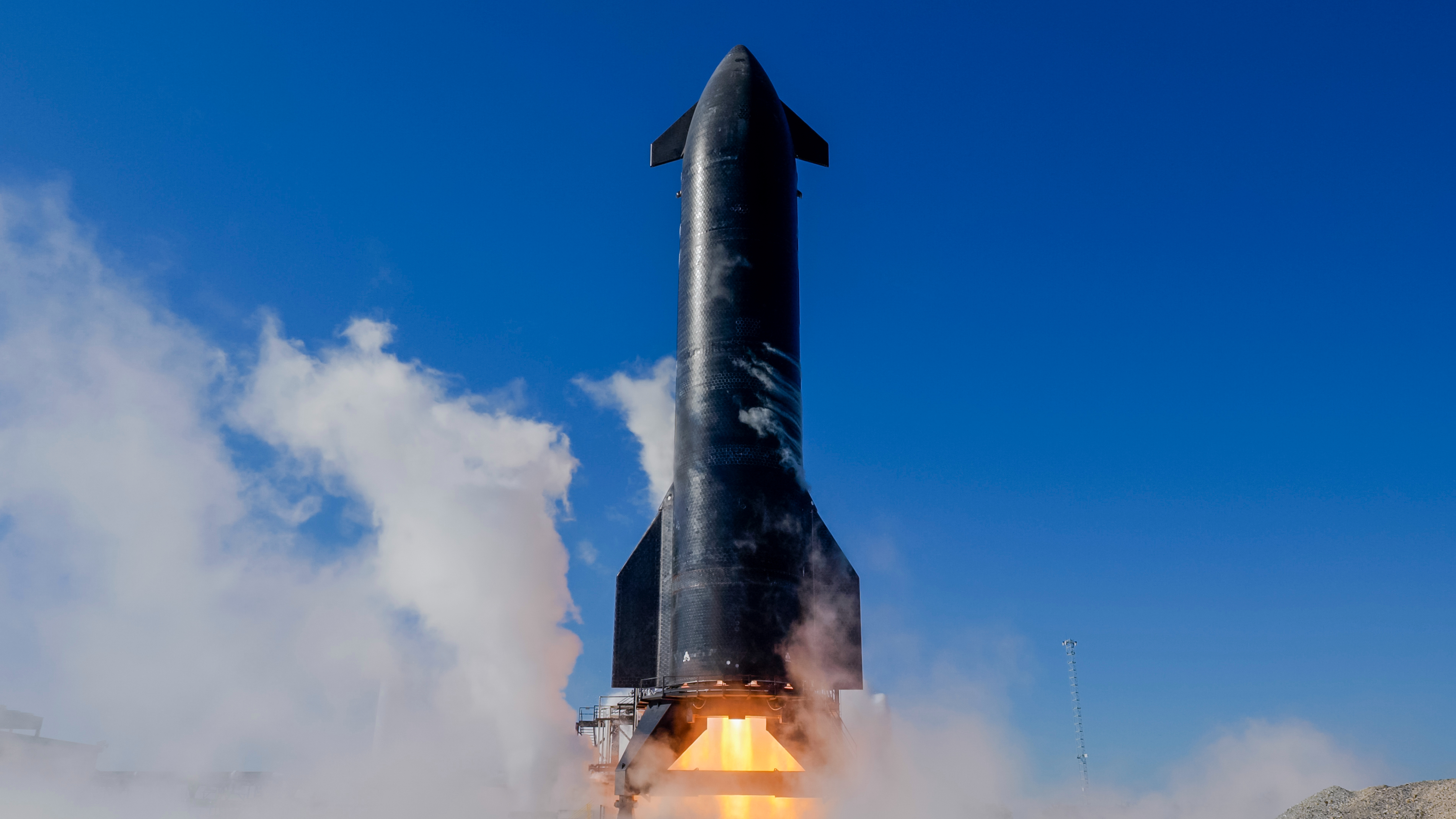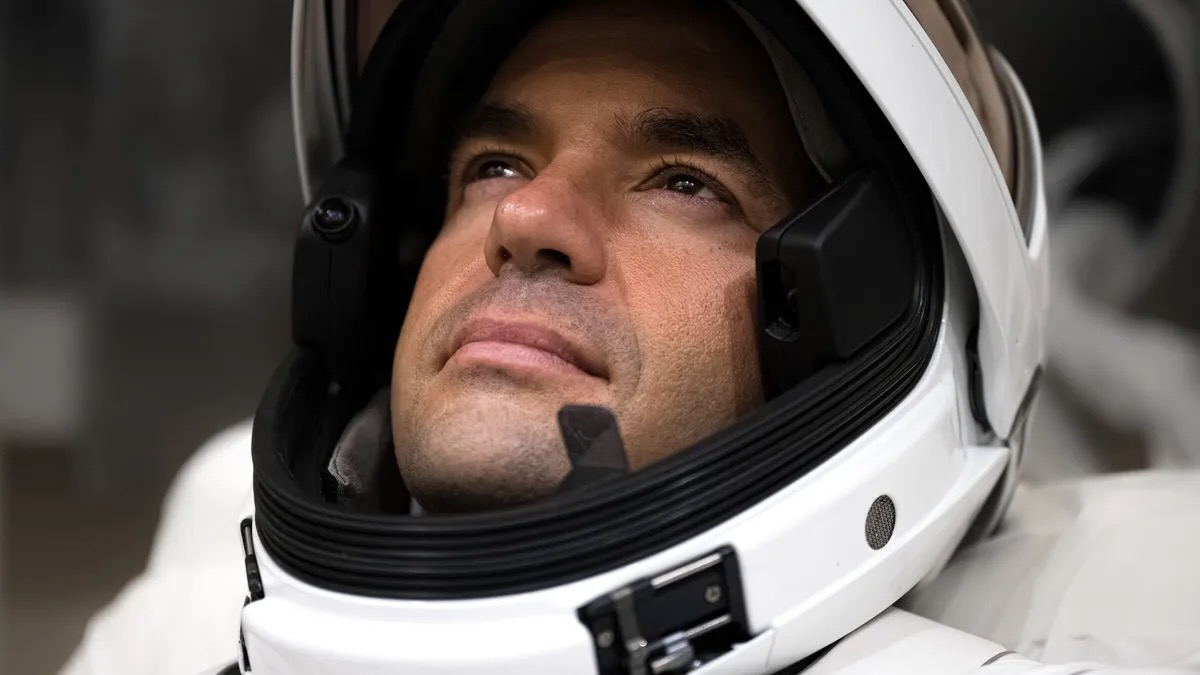SpaceX's Starship explodes in Texas during preparations for 10th test flight

SpaceX's newest Starship vehicle just went up in smoke.
The company was testing a Starship upper stage at its Starbase site in South Texas on Wednesday night (June 18), to prepare for the megarocket's upcoming 10th flight test.
But something went very wrong, as video captured by NASASpaceflight.com shows: The vehicle exploded, sending a massive fireball high into the dark Texas skies.
ANOMALY! Just before Ship 36 was set to Static Fire, it blew up at SpaceX Masseys!Live on X and YT:https://t.co/GPjZIX1Zyd pic.twitter.com/CfZhDeSGaeJune 19, 2025
SpaceX acknowledged the incident in an X post early on Thursday morning (June 19), noting that it occurred around 11 p.m. local time (midnight EDT and 0400 GMT on June 19).
"A safety clear area around the site was maintained throughout the operation and all personnel are safe and accounted for," SpaceX added in the post. "Our Starbase team is actively working to safe the test site and the immediate surrounding area in conjunction with local officials. There are no hazards to residents in surrounding communities, and we ask that individuals do not attempt to approach the area while safing operations continue."
SpaceX is developing Starship, the biggest and most powerful rocket ever built, to help humanity colonize Mars, among other ambitious exploration tasks.
The vehicle consists of two elements, both of which are designed to be fully and rapidly reusable — a first-stage booster called Super Heavy and a 171-foot-tall (52 meters) upper-stage spacecraft known as Starship, or simply Ship.
Breaking space news, the latest updates on rocket launches, skywatching events and more!
It was Ship that exploded on Wednesday night, on a test stand at Starbase's Massey site (not the orbital launch mount, from which Starship liftoffs occur). According to NASASpaceflight, which closely monitors Starship activity at Starbase, the anomaly occurred just before Ship was set to perform a static-fire test.
Static fires are common prelaunch tests, in which a rocket's engines are briefly ignited while the vehicle remains anchored to the ground. SpaceX had already conducted a static fire with this Ship, though that trial involved just one of its Raptor engines; this test may have been intended to fire up all six of them.
SpaceX has also already static-fired the Flight 10 Super Heavy booster, successfully igniting all 33 of its Raptors.
Wednesday night's explosion continued a string of setbacks for Starship upper stages. Ship has broken apart on the last three Starship test flights, which launched in January, March and May of this year.
On Flight 7 and Flight 8, the "rapid unscheduled disassembly" occurred less than 10 minutes after liftoff. Ship flew significantly farther on Flight 9; SpaceX lost contact with the vehicle about 46 minutes after liftoff, and its pieces are likely resting on the Indian Ocean seabed.
Super Heavy has performed better. On Flight 7 and Flight 8, for example, the booster returned to Starbase after launch for a dramatic catch by the launch tower's "chopstick" arms. The Flight 7 Super Heavy flew again on Flight 9, notching a major reusability milestone for the Starship program. (SpaceX did not attempt to recover the booster on Flight 9, and it broke apart as it was coming in for a planned "hard splashdown" in the Gulf of Mexico.)
SpaceX is still looking into what happened on Flight 9, an investigation overseen by the U.S. Federal Aviation Administration. So there was not yet an official target launch date for Starship Flight 10 — and, if there had been, it would now have to be revised after the events of Wednesday night.

Michael Wall is a Senior Space Writer with Space.com and joined the team in 2010. He primarily covers exoplanets, spaceflight and military space, but has been known to dabble in the space art beat. His book about the search for alien life, "Out There," was published on Nov. 13, 2018. Before becoming a science writer, Michael worked as a herpetologist and wildlife biologist. He has a Ph.D. in evolutionary biology from the University of Sydney, Australia, a bachelor's degree from the University of Arizona, and a graduate certificate in science writing from the University of California, Santa Cruz. To find out what his latest project is, you can follow Michael on Twitter.
You must confirm your public display name before commenting
Please logout and then login again, you will then be prompted to enter your display name.
